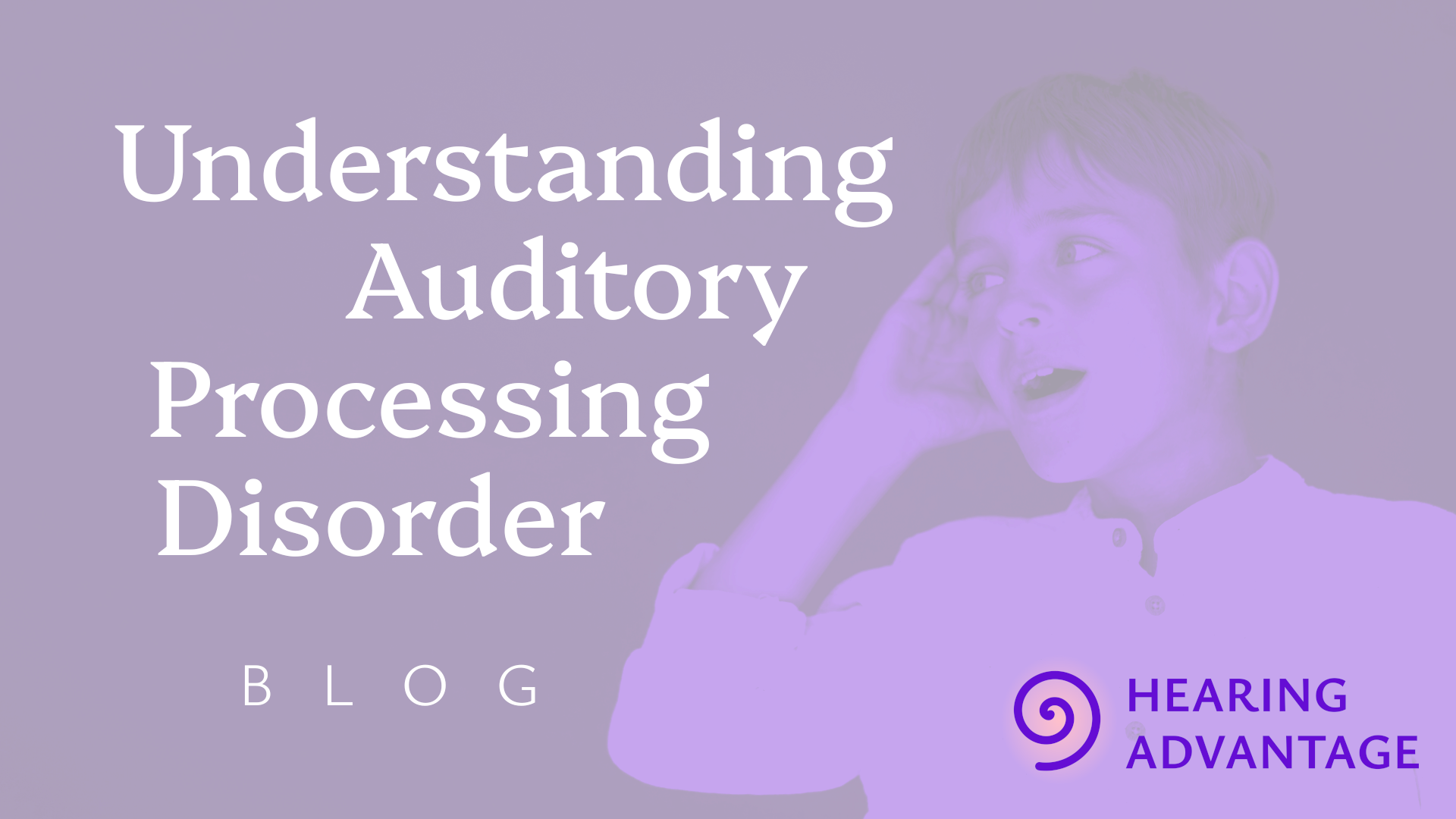Auditory Processing Disorder (APD) can be challenging for many individuals, especially children. It affects how the brain processes the sounds we hear, impacting everything from understanding speech to following instructions. Fortunately, researchers and audiologists are making exciting advances in testing and treating APD that can significantly improve the lives of those affected.
Understanding Auditory Processing Disorder
Before diving into the new developments, it’s essential to understand what APD is. People with APD often hear sounds but struggle with understanding what they mean. For example, a child might hear their teacher speaking but may have difficulty following along or responding correctly. This disorder can lead to academic struggles, frustration, and even social challenges.
Traditionally, diagnosing APD involved a series of tests conducted by audiologists. These assessments looked at how well individuals could process auditory information, usually in quiet or controlled environments. But research is now revealing new methods that not only improve testing accuracy but also enhance treatments.
Cutting-Edge Tools and Techniques for Testing
Recent studies published in leading audiology journals have shed light on innovative tools and techniques for testing APD. One significant advancement is the use of electrophysiological tests. These tests monitor brain responses to sounds. For instance, researchers have developed a tool called the Auditory Brainstem Response (ABR), which helps audiologists see how the brain reacts to sounds. This can provide deeper insights into the nature of an individual’s auditory processing difficulties.
Another exciting development is the use of functional MRI (fMRI) technology. This imaging technique allows clinicians to observe how areas of the brain become active when processing sounds. By pinpointing precisely where issues might arise, audiologists can tailor treatments more effectively to an individual’s needs.
Advancements in Treatment Approaches
With better testing comes the opportunity for improved treatment. Researchers have discovered that targeting auditory skills through specialized exercises can enhance the brain’s ability to process sounds effectively. Among the new techniques is auditory training programs that use computer-based interactive games and activities designed to strengthen listening skills. These programs can help individuals practice distinguishing between similar sounds, following spoken instructions, and understanding conversations in noisy settings—a common challenge for those with APD.
The usage of technology-driven rehabilitation tools is also on the rise. For instance, over-ear headphones that utilize adaptive sound processing are being tested. These headphones can filter background noise, making it easier for users to focus on the desired sounds. Moreover, novel software applications, accessible via smartphones and tablets, provide engaging ways for individuals to practice their auditory skills at home, reinforcing what they learn in therapy sessions.
Recent Research Highlights
A recent paper published in the Journal of the American Academy of Audiology revealed that incorporating multisensory approaches—combining auditory training with visual and tactile cues—could significantly improve outcomes for individuals with APD. For example, pairing auditory games with visual or physical activities can help reinforce learning and processing.
Another key finding noted in Audiology and Neurotology emphasized the importance of early intervention. The research indicated that children diagnosed with APD before age 7 showed better improvements in auditory skills than those diagnosed later. This has encouraged audiologists to promote awareness and expedite the testing process, ensuring that children receive help as soon as possible.
The Future of APD Testing and Treatment
As we look toward the future, the combination of technology and research will continue to shape the understanding and management of Auditory Processing Disorder. By leveraging new tools like electrophysiological assessments, computer-based training, and multisensory strategies, audiologists can create personalized therapy plans that address each individual’s unique needs.
In conclusion, while dealing with APD can be tough, the developments in testing and treatment techniques hold significant promise. With a growing understanding of the disorder and advancements in technology, those affected by APD can look forward to more tailored and effective interventions that enhance their auditory processing capabilities and overall quality of life. If you or someone you know is experiencing challenges with auditory processing, consider reaching out to an audiologist for guidance on the newest testing and treatment options available. Together, we can find ways to overcome the hurdles of APD and promote a better listening experience for everyone.

